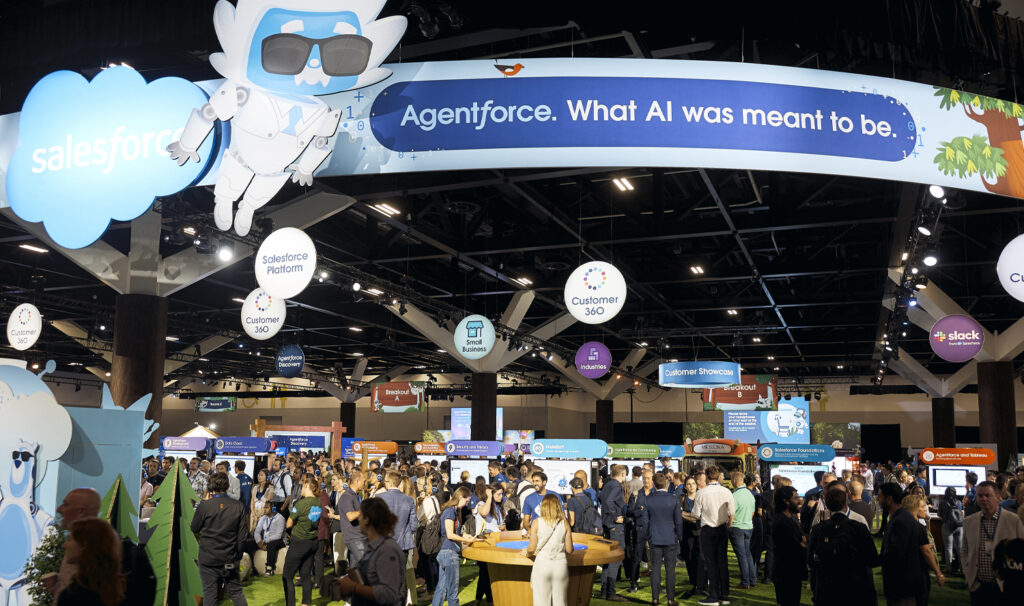The new features Salesforce has brought to Education Cloud are an overwhelmingly positive evolution. They also raise key questions for customers who are on, or considering, an implementation journey.
The first iteration of Education Cloud came to life as a packaged solution response to common customer use cases, essentially solving problems in an efficient and quick-to-market manner.
Fast forward to 2023 – the new vision of the Salesforce platform is a focus on industry-aligned capability. Ultimately, this is a move away from fixed features across disparate packages – for example, Education Data Architecture (EDA) – which is a moderately significant change from both a solution architecture and roadmap impact perspective.
This change provides Education Cloud access to the broad baseline of common capabilities that have become part of the ‘industries’ core platform offering, from data and integration features to user-facing or usability functions. It also aligns Education Cloud to the platforms’ roadmap, providing speedier access to new features.
Education Cloud upgrades
We are particularly excited about the new Education Cloud being built on OmniStudio – not just because our team’s recently gained a lot of new OmniStudio consultant certifications! OmniStudio is exciting because it enables teams to build and deploy no- or low-code experiences fast, simplifies data integration with DataRaptor, and supports the creation of guided processes to enable personalised interactions. Recruitment and admissions components are shipped ready-to-use or can be tailored to meet bespoke requirements.
This capability can provide extremely rich and seamless user experiences where multi-step user interfaces are required, for example Application Forms or Web Forms, and can still be delivered with speed-to-market in mind.
Architects can design and implement declarative low-code solutions, and avoid some of the UX trade-offs that exist when striving to use Flow over Lightning Web Components (LWC) for conditional multi-step screens.
Data may also be stored in unstructured form, to help solve data governance, authorisation or security concerns.
A new ‘core’ data model
With Education Cloud running on the core Industries platform, the data model is now native – it no longer requires installation and maintenance of the Education Data Architecture (EDA) managed package which is not always aligned to Salesforce’s major release cycle.
The real benefits though are around a clearer data model. It moves to retain the purity of the Account object as being ‘businesses / units’ rather than representing part of the learning catalogue, and aligns to the more common native or x-industry sub-type models, for example, around privacy or individual relationship.
This latter aspect is particularly important, as ‘Person Account’ is now the standard entity that represents ‘person / student’ which is a move away from EDA’s options for Student Account modelling.
Architects and data designers will need to understand the collective of ‘relationship’ objects well in moving to ‘Person Accounts’ so that household relationships can be accurately established – among other general considerations.
Simpler access to more features
The change provides easier access to features that were previously add-ons or included only in some Education Cloud managed packages, for example Scheduling or, as stated earlier, the growing list of Industries common features. These span:
- Underlying automation capability (Document automations, Alerts, Business Rules Engine)
- User-facing productivity features (Action Launcher, Actionable Lists – Beta, Outreach List – Beta, Action Plans)
- Integrated customer interaction features (Voice, Video) or templated customer identity verification
In addition to this, as more AI finds its way into the core platform, it will be both more readily available and embedded within Education Cloud.
From a data-residency perspective, the move may also negate customers’ concerns around selective sub-processes that run in a single region only, not on the now-typical local Salesforce Services / Hyperforce infrastructure.
What to do next
The rollout of the new Education Cloud features first focussed on recruitment and admissions. The next release inclusions are to be confirmed, but we anticipate the next rollout to centre on the Salesforce Student Success Hub for Higher Education.
For organisations using the existing Education Cloud managed packages, these will continue to exist and, importantly, customers should speak with their Salesforce account executives about the new Education Cloud features that may become available for use.
Customers who are in planning phases would be considering how to align to the roadmap, or first target initiatives that can exist alongside the core education scenarios, though could still benefit from underlying Education Cloud capability such as Wellbeing or Advancement.






